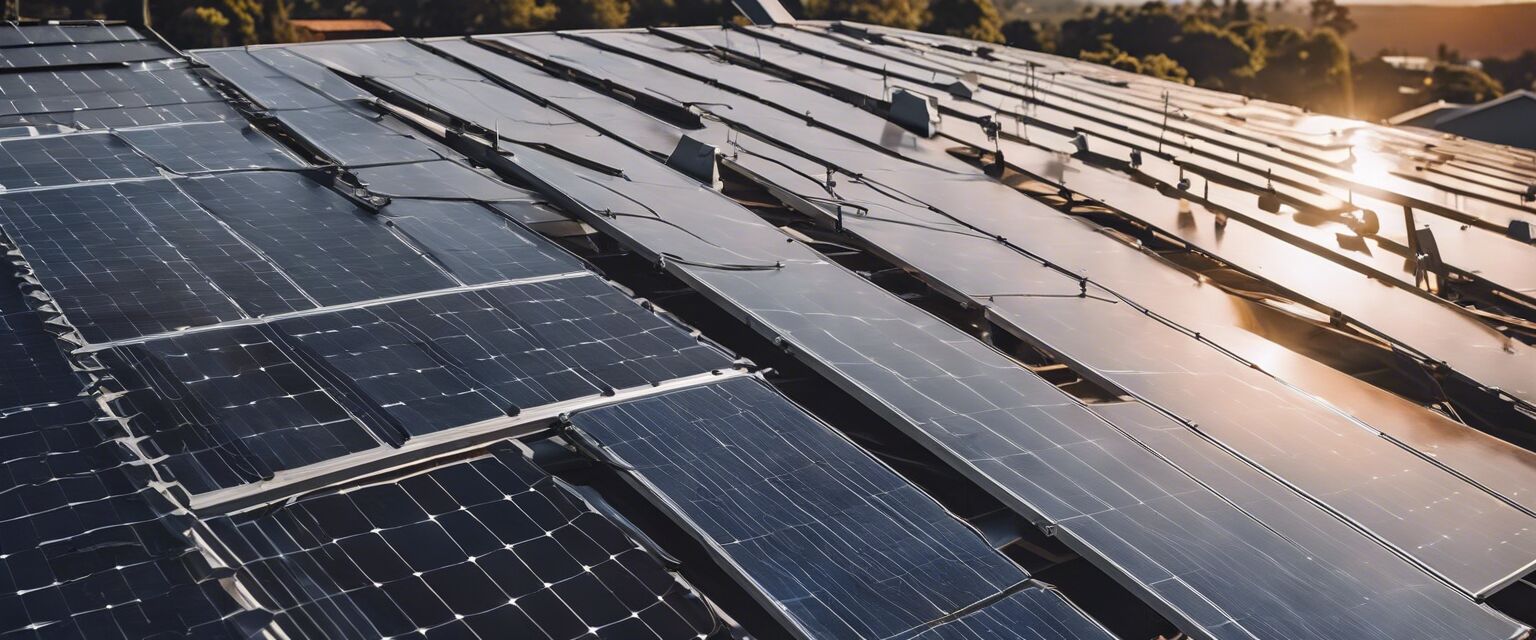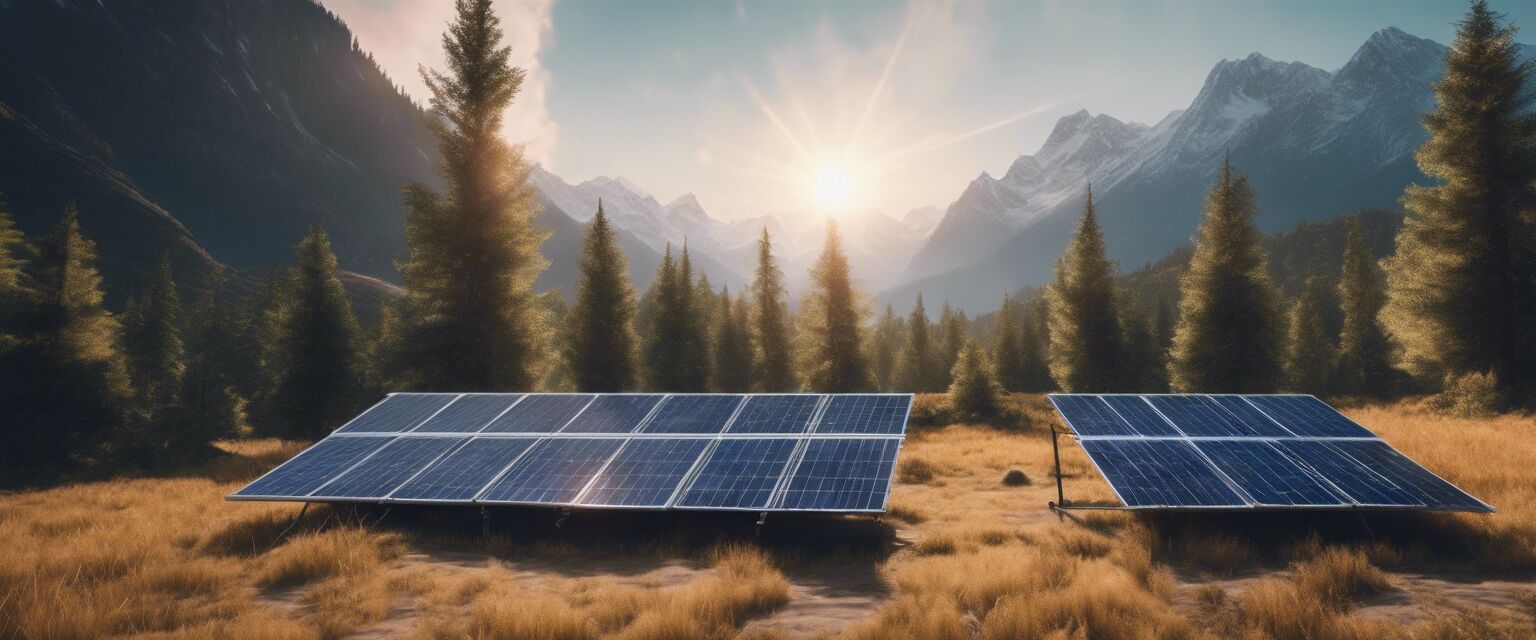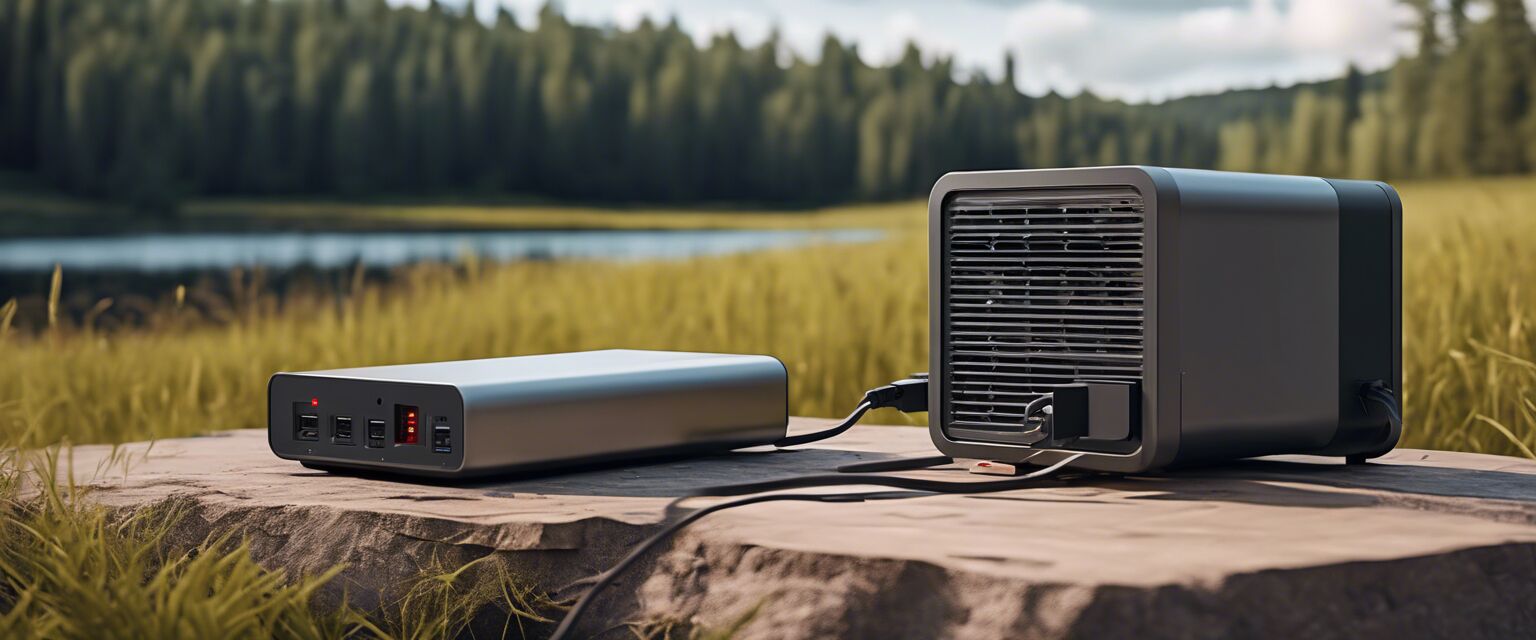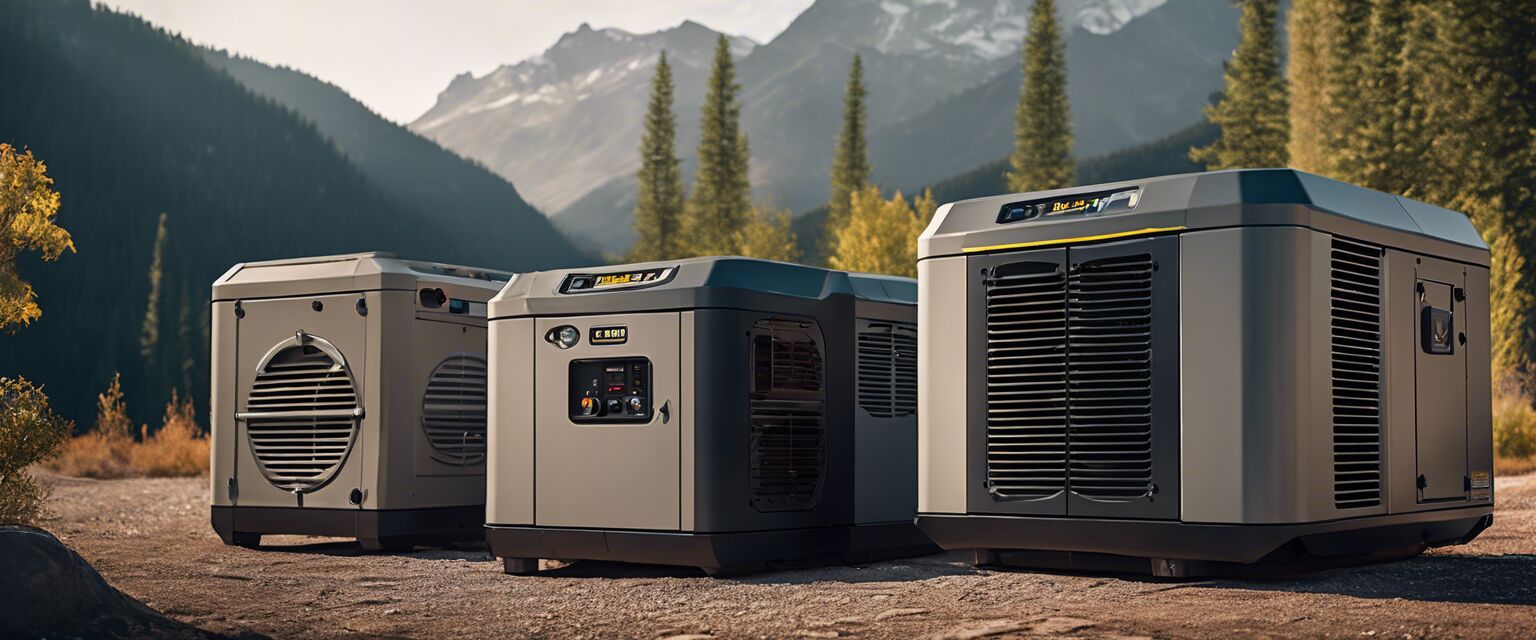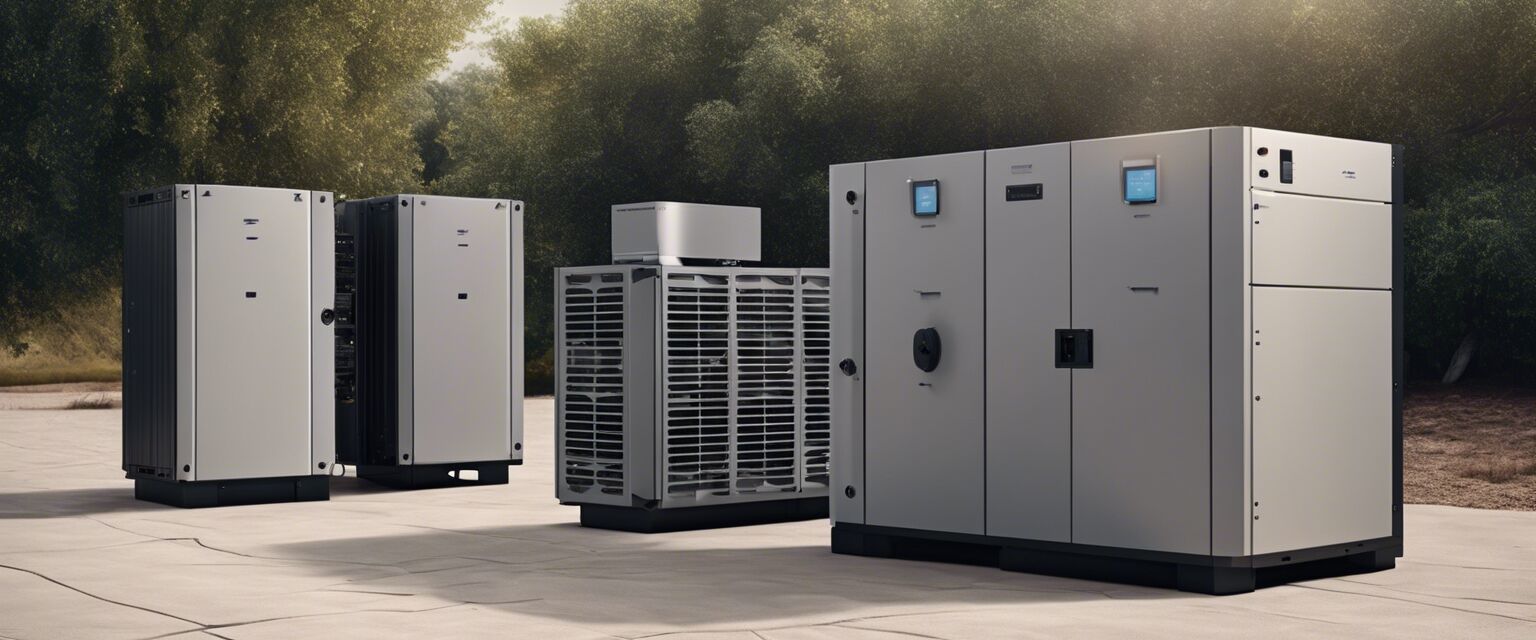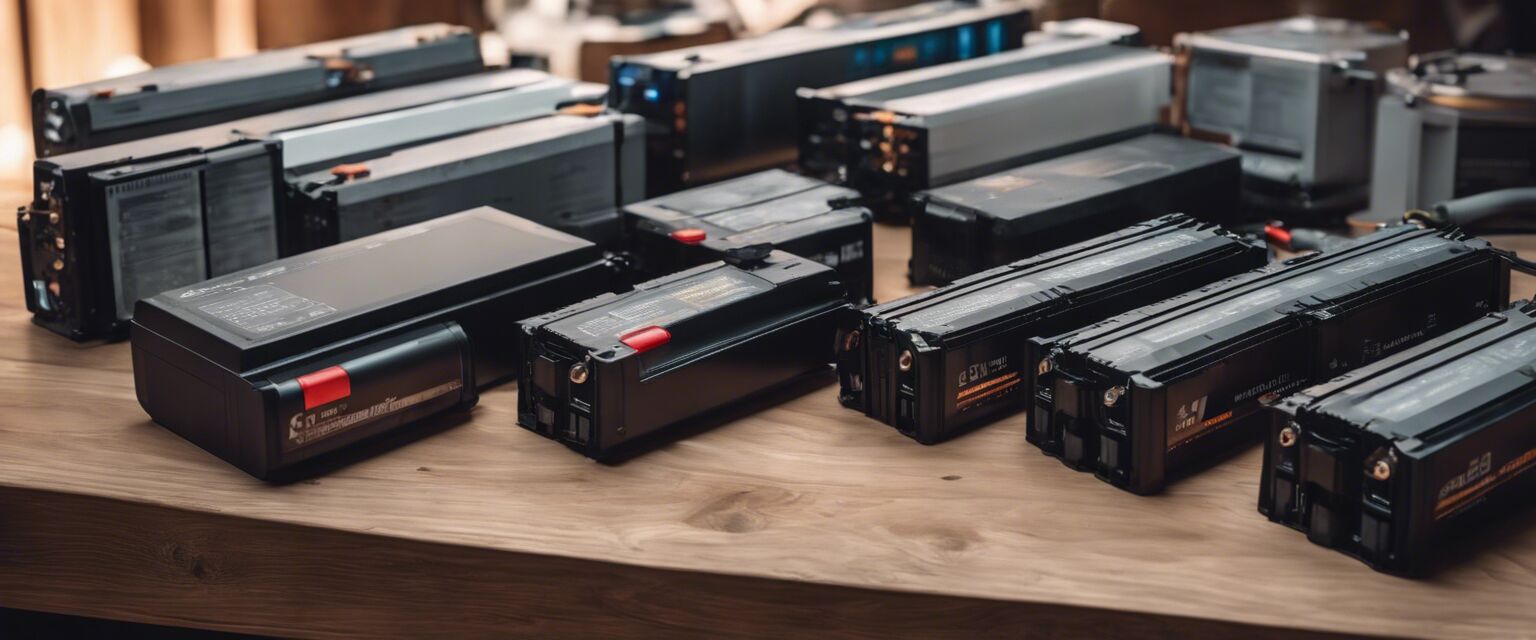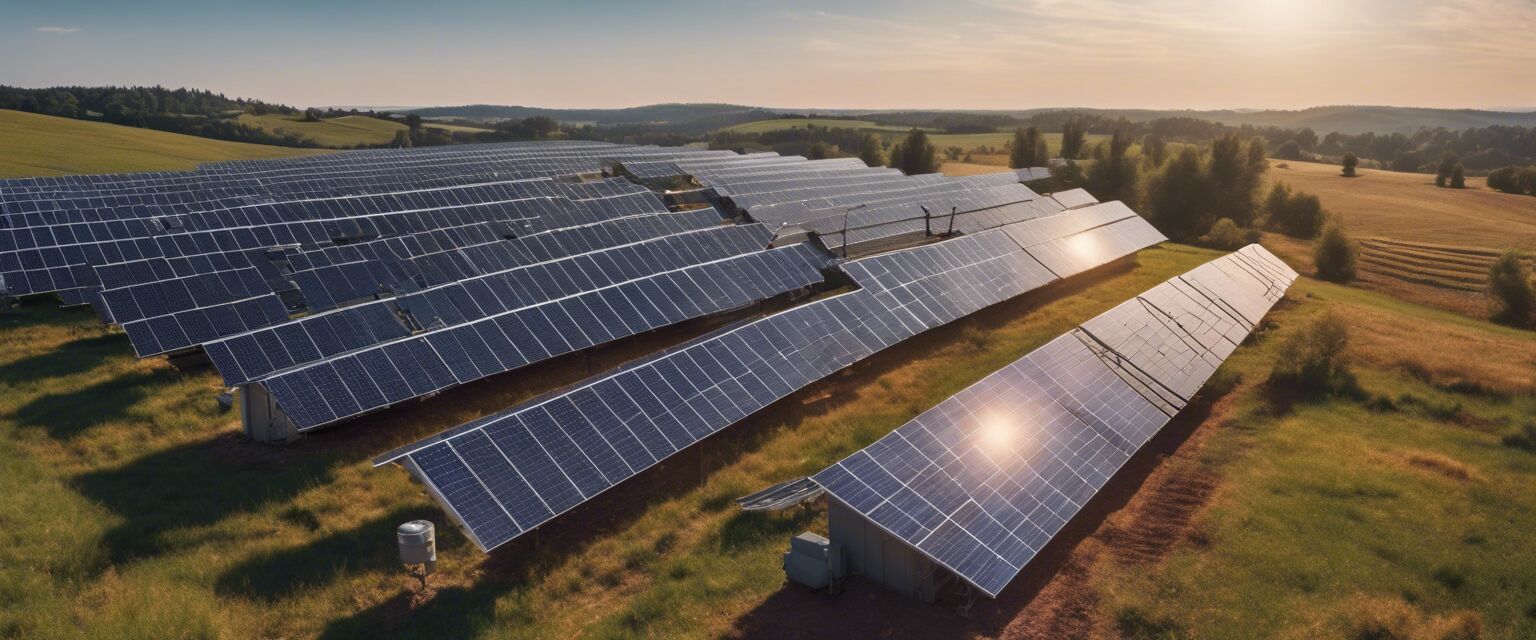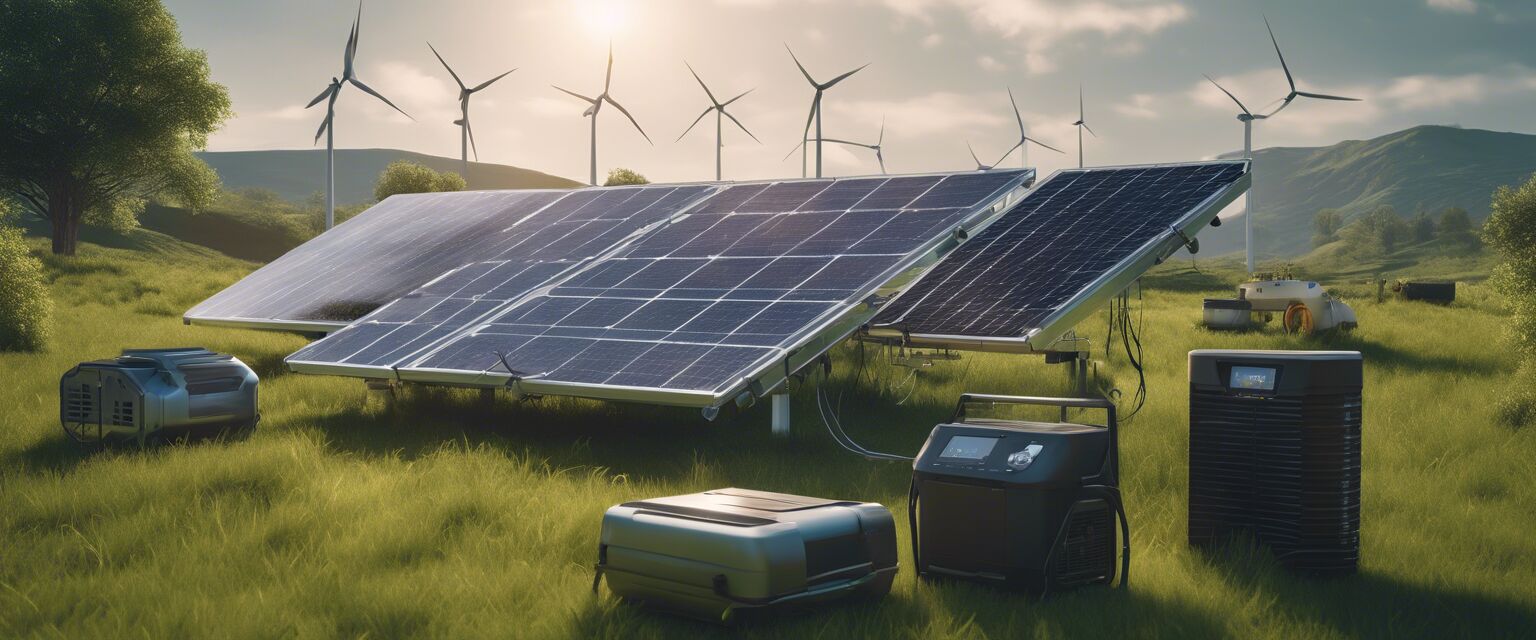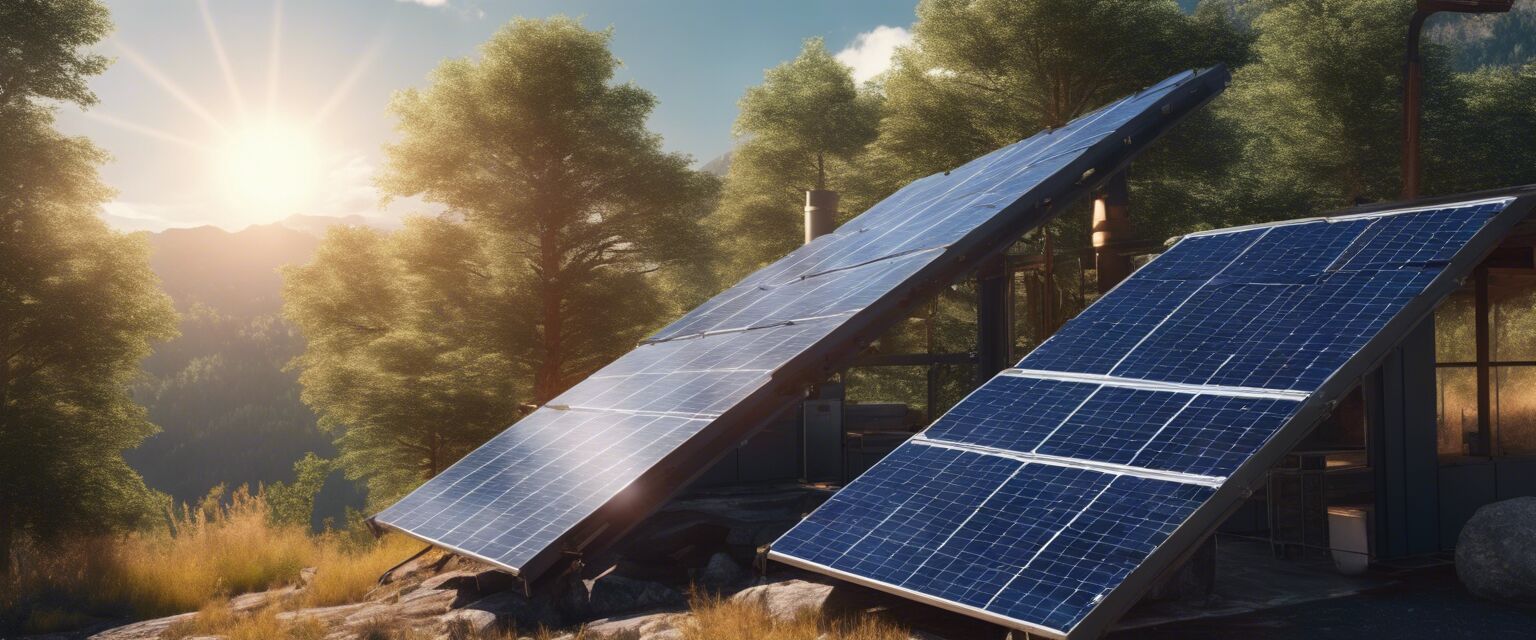
DIY Off-Grid Power Kits
Key Takeaways
- DIY off-grid power kits can provide reliable energy for homes without access to the grid.
- These kits typically include solar panels, batteries, charge controllers, and inverters.
- Choosing the right kit depends on your energy needs and location.
- Installation can be straightforward with proper guidance.
As energy costs continue to rise and environmental concerns grow, many people are looking for ways to power their homes without relying on traditional electricity sources. DIY off-grid power kits offer a practical solution for those living in remote areas or simply seeking energy independence. In this article, we will explore various aspects of DIY off-grid power kits, including their components, benefits, and how to choose the right one for your needs.
What is an off-grid power system?
An off-grid power system is a self-sufficient energy system that operates independently from the traditional power grid. These systems can harness renewable energy sources, such as solar, wind, or hydroelectric power, to generate electricity. Off-grid systems are particularly beneficial for those living in remote areas or for those who want to reduce their carbon footprint.
Components of DIY off-grid power kits
Most DIY off-grid power kits come with several key components. Understanding these components is essential for selecting the right kit for your energy needs. Hereâs a breakdown:
| Component | Description |
|---|---|
| Solar Panels | Convert sunlight into electricity, providing the primary energy source for the system. |
| Battery Storage | Stores excess energy generated during the day for use at night or during cloudy days. |
| Charge Controllers | Regulate the voltage and current coming from the solar panels to protect the batteries from overcharging. |
| Inverters | Convert the DC (direct current) electricity stored in batteries to AC (alternating current) electricity for use in household appliances. |
Benefits of DIY off-grid power kits
There are numerous advantages to setting up a DIY off-grid power system:
- Energy Independence: You are not reliant on utility companies.
- Cost Savings: Reduce or eliminate your electricity bills.
- Environmental Impact: Use renewable energy sources to lower your carbon footprint.
- Emergency Backup: Have a reliable power source during outages.
How to choose the right DIY off-grid power kit
Selecting the right off-grid power kit requires careful consideration of your specific energy needs. Here are some factors to consider:
- Energy Consumption: Calculate your daily energy usage to determine the capacity you will need.
- Location: Consider the amount of sunlight or wind available in your area, which affects energy generation.
- Budget: Determine your budget for the entire system including installation costs.
Installation tips for DIY off-grid power kits
Beginners Section
If you're new to DIY off-grid systems, here are some tips to make the installation process smoother:
- Read the instructions carefully before starting the installation.
- Consider hiring a professional for initial guidance if you're unsure.
- Ensure all connections are secure and weatherproof to prevent damage.
- Test the system after installation to ensure everything is working properly.
Popular types of DIY off-grid power kits
Here are some common types of DIY off-grid power kits available on the market:
| Kit Type | Best For | Approximate Cost |
|---|---|---|
| Solar Panel Kit | Homeowners looking for renewable energy | $500 - $3000 |
| Wind Turbine Kit | Areas with consistent wind | $1000 - $5000 |
| Hybrid Kit | Those wanting to combine solar and wind energy | $1500 - $7000 |
Conclusion
DIY off-grid power kits provide an excellent opportunity for individuals and families to take control of their energy needs. By understanding the components, benefits, and how to choose the right kit, you can create a sustainable energy solution tailored to your lifestyle. Whether you're seeking energy independence or simply want to reduce your utility bills, exploring solar panels, wind turbines, and battery storage options can set you on the right path.
Pros
- Provides energy independence
- Utilizes renewable energy sources
- Can be customized to fit specific needs
- Reduces electricity bills
Cons
- Initial setup costs can be high
- Requires maintenance and monitoring
- Energy generation can be inconsistent based on weather
Further Information
If you're looking for more resources on off-grid power solutions, consider exploring these links:
Visual Guide to Off-Grid Power Systems
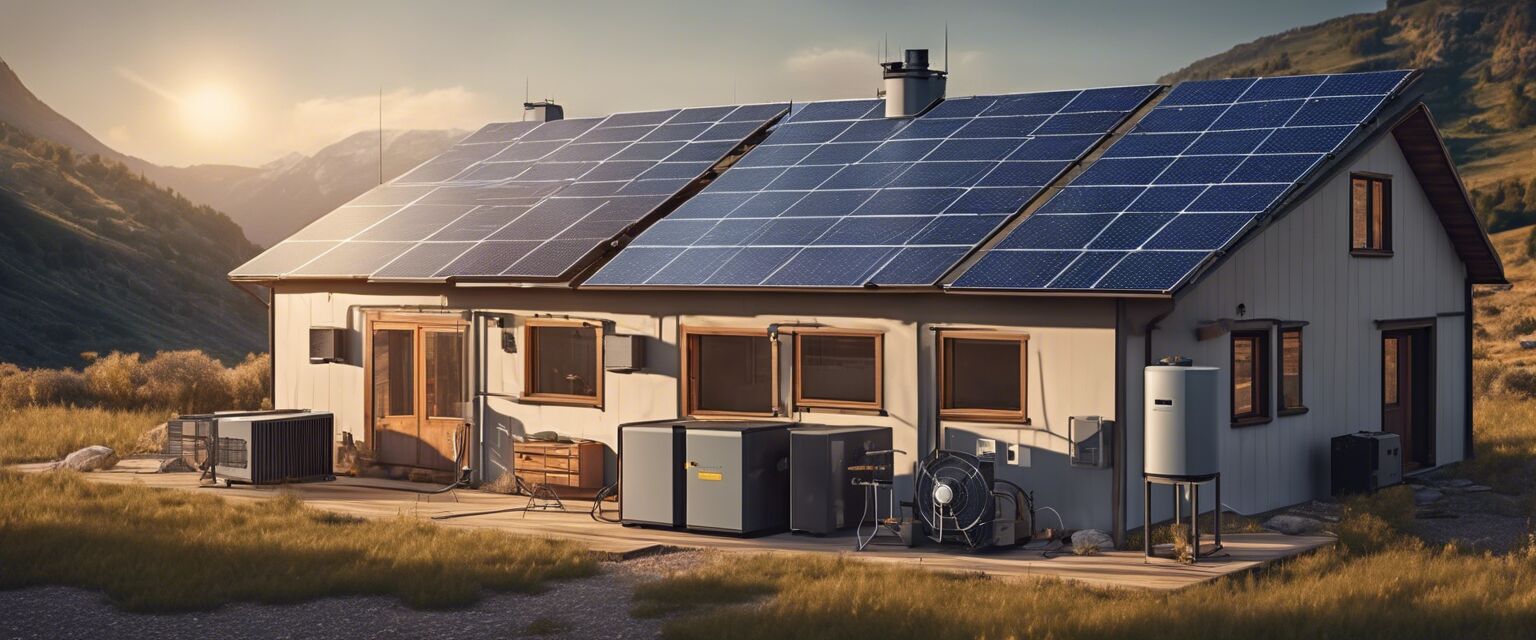
Real-Life Applications of Off-Grid Power Kits
Many people have successfully implemented off-grid power systems in various scenarios:
- Remote cabins in the woods
- RVs and travel trailers
- Small farms and homesteads
- Emergency preparedness for natural disasters
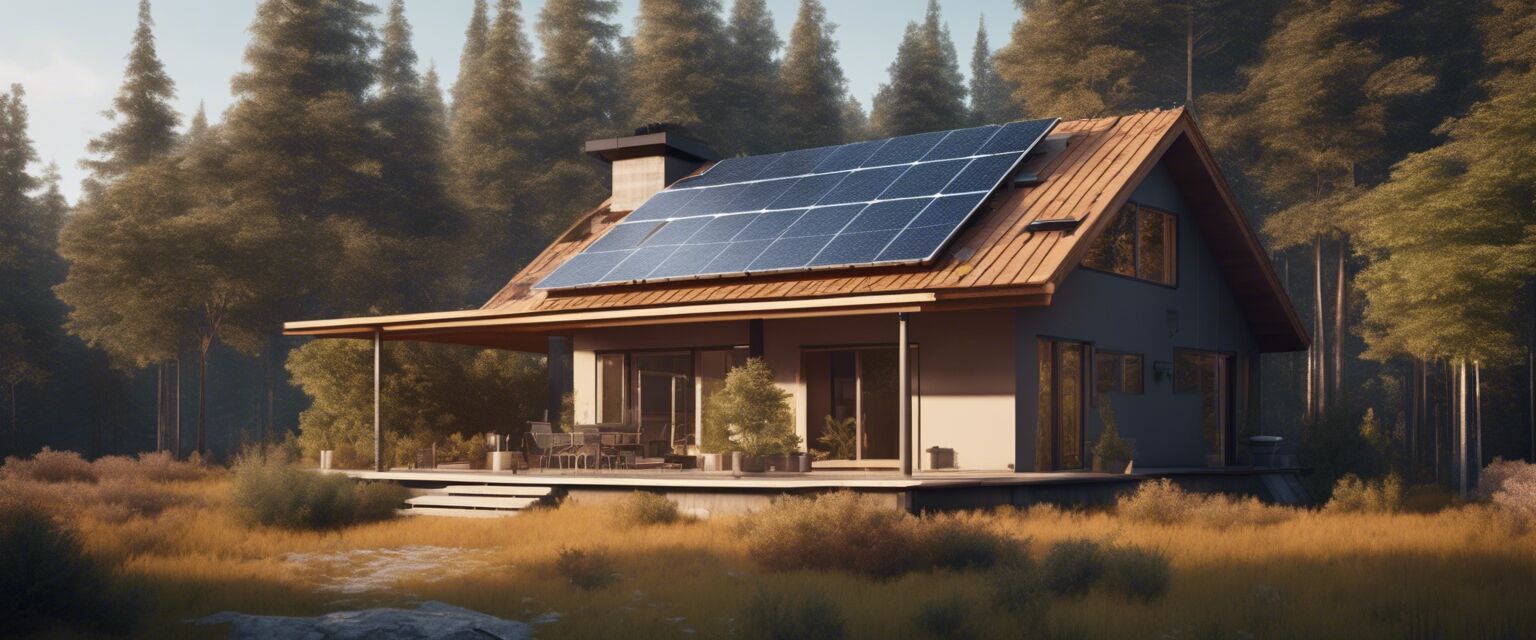
Final Thoughts
DIY off-grid power kits are an excellent way to harness renewable energy and gain energy independence. With a variety of options available, understanding your energy needs and selecting the right components will ensure a successful off-grid setup. Whether for personal, environmental, or financial reasons, going off-grid can be a rewarding experience.
